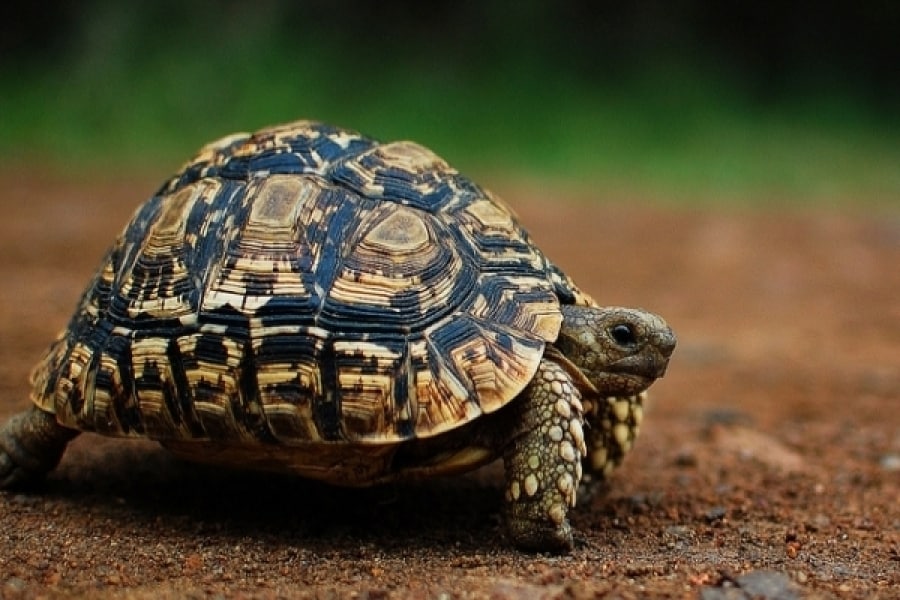
Scientific Name
- The scientific name of Leopard Tortoise is Geochelone pardalis.
Description
- The Leopard tortoises have beautiful contrasting and spotted yellow and black dorsal plates on their carapaces.
- In nature, these tortoises do not hibernate.
- They should be placed indoors in suitable (warm) environments during low-temperature seasons such as winter.
- CITES listing: Class II (01/07/1975).
Distribution
- The Leopard tortoises are found in Southern, SouthWestern, and Eastern Africa, countries including Sudan, Ethiopia, Zambia, Namibia, Angola, etc. Found in savanna and woodlands.
Breeding
- During September and October in AfricaNormally all year long.
Nesting
- From 5 to 30 eggs per clutch.
Size
- The tortoise can grow up to 24 inches (60cm) long.
- Weight up to more than 80 lbs (35 kg).
Life Span
- Up to 50 years.
Diet
- Leopard tortoises are herbivorous.
- They prefer a course and high-fiber diet such as Opuntia (prickly pear).
- Their natural food is grasses, weeds, and cactus.
- Dislike juicy food or fruits are not suitable such as tomatoes and lettuce.
- High-protein food is not suitable.
- Commercial tortoise food with high calcium D3 should be provided daily.
Habitat
- Their natural habitat is semi-arid, thorny, and grassland.
- Require large space to move around.
- A dry environment is needed for the tortoises.
- 28°C to 32°C during daytime, 20°C to 24°C is the most adequate temperature for the tortoise.
Common Disease
- These tortoises might suffer repeated flagellate and gut problems such as colic resulting from excessive soft fruit feeding.
- Meat should not be given to Leopard Tortoise. It would cause poor bone formation, liver problems, excessive growth, etc.
